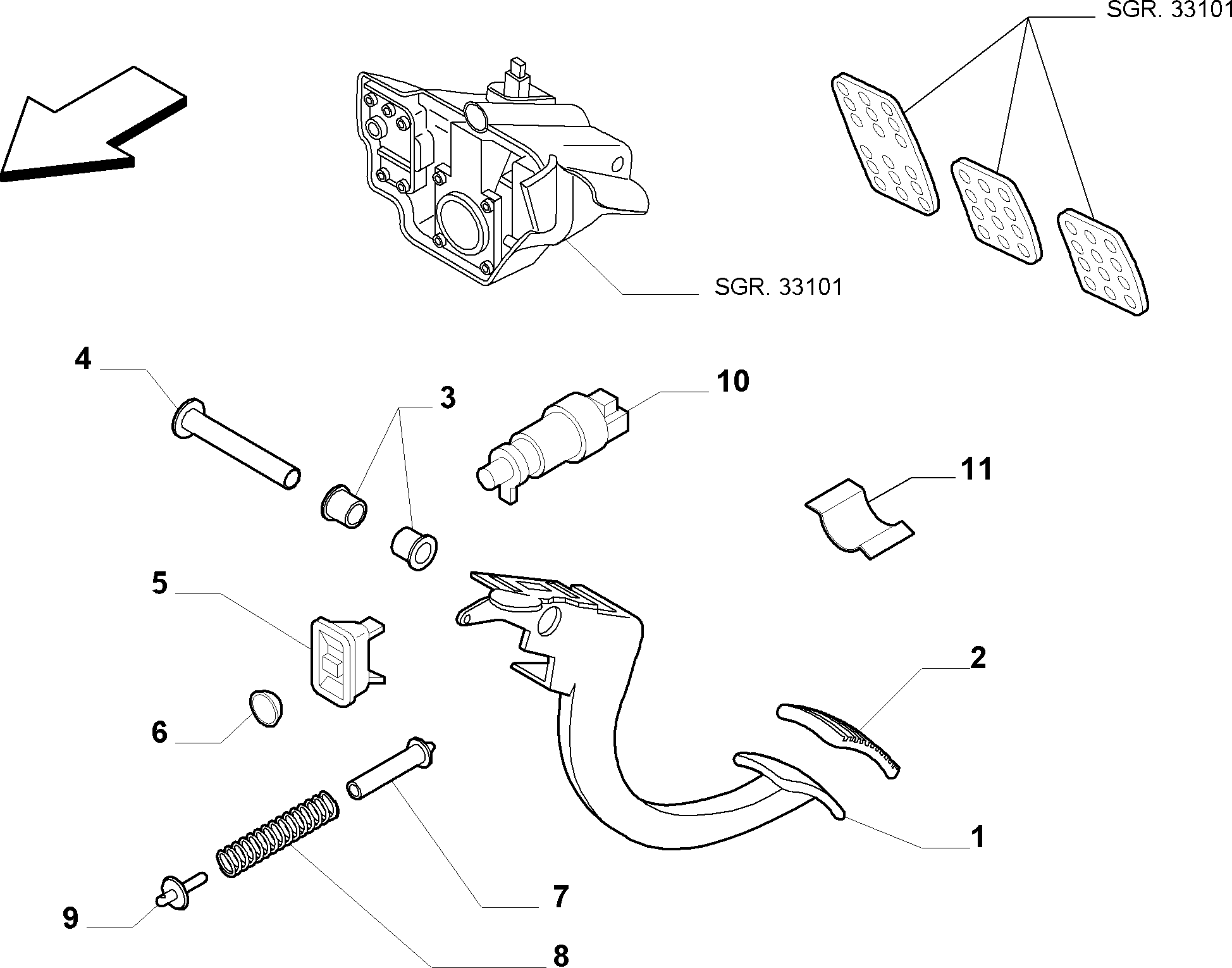Hi all,
Trying to find out what this part is on my tjet 2008. It is mounted on the firewall between the clutch master and slave. Got a huge big crack in second photo. Leaking so no clutch.
Some info ot a part no will be greatly appreciated. Thanks


Trying to find out what this part is on my tjet 2008. It is mounted on the firewall between the clutch master and slave. Got a huge big crack in second photo. Leaking so no clutch.
Some info ot a part no will be greatly appreciated. Thanks
- Model
- tjet 198
- Year
- 2008
- Mileage
- 162000


